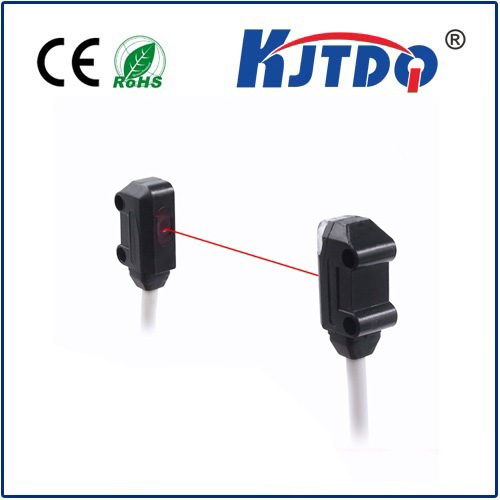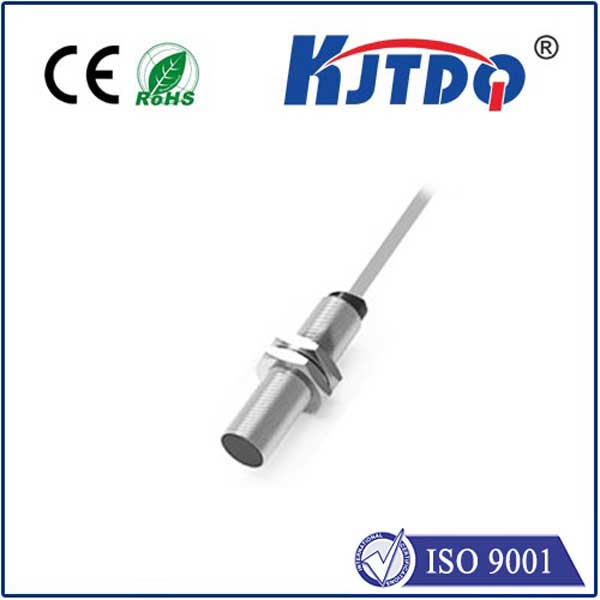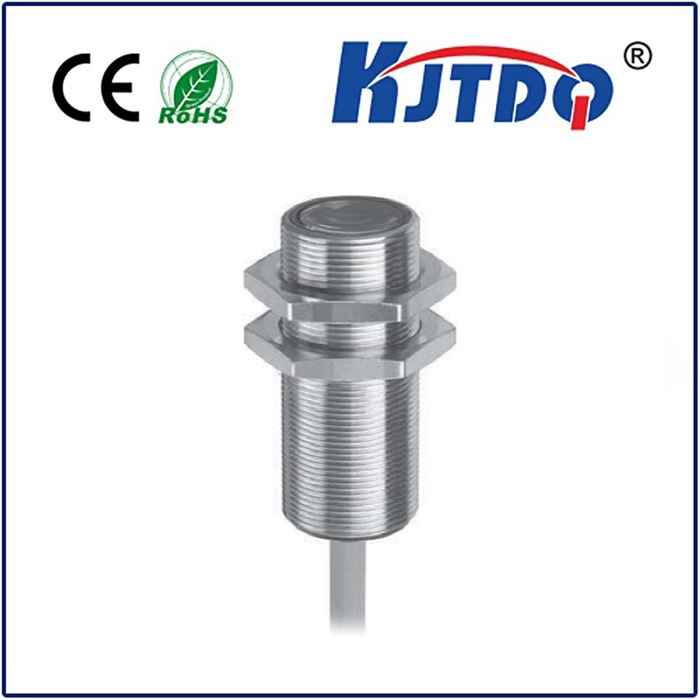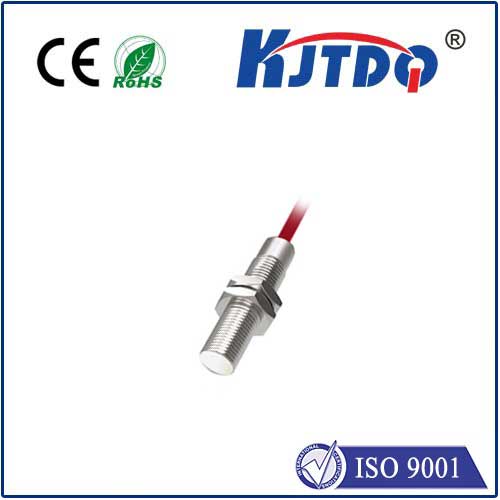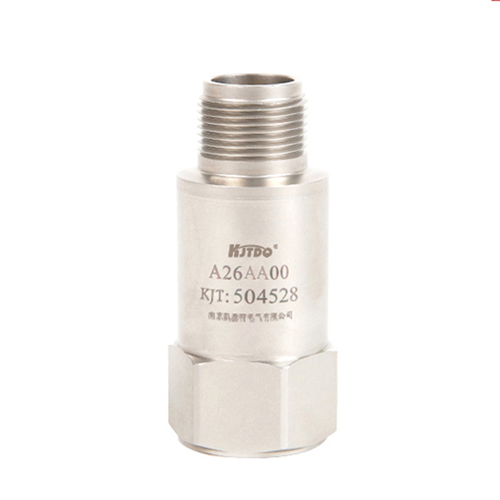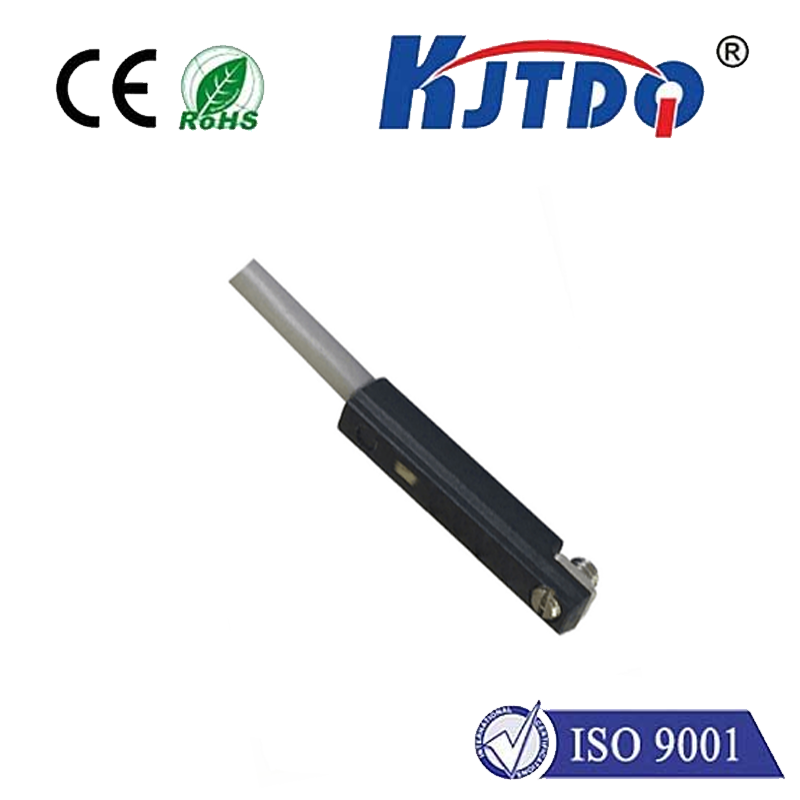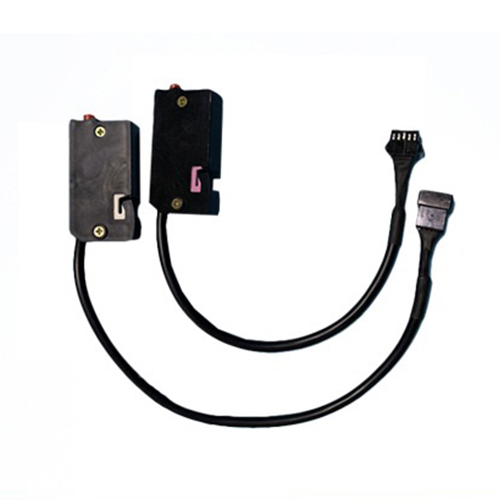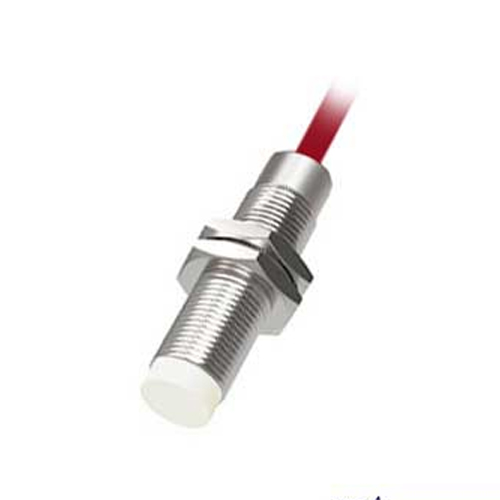reflective proximity sensor
- time:2025-07-10 02:34:30
- Click:0
Reflective Proximity Sensors: The Unseen Guardians of Automation and Everyday Tech
Have you ever wondered how a vending machine knows your hand is near the selection buttons? Or how an industrial robot arm safely stops before crushing an unexpected obstacle? The invisible sentinel enabling these feats is often the humble yet ingenious Reflective Proximity Sensor. These compact, reliable devices are fundamental building blocks in countless applications, silently detecting objects without physical contact. Understanding how they work and where they excel unlocks a world of smarter automation and intuitive user interfaces.
The Core Principle: Light, Reflection, and Detection
At its heart, a reflective proximity sensor operates on a beautifully simple concept:
- Emission: The sensor contains an integrated infrared (IR) light-emitting diode (LED).
- Reflection: This emitted IR light beam travels outward. When an object enters its detection zone, some of the light is reflected back towards the sensor.
- Reception & Processing: A photodetector (like a phototransistor or photodiode), positioned strategically within the same sensor housing, captures this reflected light. The sensor’s internal circuitry then analyzes the intensity of the received light signal.
- Output: Based on the processed signal strength, which correlates to the object’s proximity, the sensor triggers its output. This is typically a simple digital signal (ON/OFF) indicating the presence or absence of the target object within the predefined sensing distance.
Key Advantages: Why Choose Reflective?
Reflective proximity sensors offer a compelling set of benefits, particularly when compared to other sensing technologies:

- Compactness and Simplicity: Combining emitter and receiver into a single unit results in a small, easy-to-install package.
- Cost-Effectiveness: The relatively simple design translates into lower manufacturing costs compared to more complex sensor types.
- Robustness: With no moving parts and typically sealed housings (often IP67 rated or higher), they excel in demanding industrial environments resisting dust, moisture, vibration, and temperature variations.
- Reliable Object Detection: They perform exceptionally well for detecting the presence or absence of solid objects reliably and quickly.
- Short to Medium-Range Sensing: They are ideally suited for detection tasks within ranges typically spanning a few millimeters up to several centimeters. Some specialized models extend further.
Understanding Critical Specifications
Selecting the right sensor hinges on understanding its specifications:
- Sensing Distance: The maximum reliable detection range. Crucially, this is specified for a “standard target” (usually matte white material).
- Operating Voltage: Common ranges are 10-30V DC or 5V DC.
- Output Type: PNP (sourcing), NPN (sinking), NO (Normally Open), NC (Normally Closed) configurations are standard. Analog outputs (for distance proportion) are available but less common than in diffuse sensors.
- Response Time: How quickly the sensor reacts to an object entering or leaving its detection zone.
- Light Source: Predominantly Infrared (IR), but some use visible red LEDs (easier for alignment).
- Housing Material: Typically brass, stainless steel, or plastic polymer for different environmental needs.
- Connection: M8 or M12 connectors are industry staples.
Applications: Where They Shine
Reflective proximity sensors are ubiquitous across industries and consumer products:
- Industrial Automation: Detecting parts on conveyors, monitoring machinery guards, verifying positions of components, counting objects (bottles, boxes), end-of-travel limits.
- Consumer Electronics: Paper detection in printers/copiers, hand presence near interactive displays or automatic faucets/soap dispensers, vending machine button activation.
- Robotics: Object collision avoidance, gripper jaw position sensing, line following (detecting reflective tape).
- Packaging Machinery: Verifying flap closure on boxes, detecting label presence.
- Security Systems: Tamper detection (door/window open sensing via a reflector), simple motion detection in non-critical areas.
- Automotive: Gear position sensing, pedal position detection.
Reflective vs. Other Proximity Sensors: Choosing Wisely
Understanding the alternatives clarifies the reflective sensor’s niche:
- Diffuse (Photoelectric): Also uses light reflection, but the emitter and receiver are in the same unit, pointing in the same direction (unlike reflective needing a separate reflector). Diffuse sensors detect the object itself without needing an external reflector, offering potentially longer ranges but are more susceptible to object color/texture differences. Reflective sensors excel when a stable, controlled reflector can be used.
- Through-Beam: Uses separated emitter and receiver units. Detection occurs when the object breaks the light beam. Offers the longest range and highest immunity to object surface properties but requires precise alignment of two separate components and more wiring. Reflective provides a simpler, single-unit solution for moderate ranges.
- Inductive: Detects metallic objects only using electromagnetic fields. Completely immune to dust/opaque liquids but useless for non-metals. Reflective sensors are essential for non-metallic targets.
- Capacitive: Detects both metallic and non-metallic objects (even liquids/powders) by measuring changes in capacitance. Susceptible to environmental factors like humidity. Reflective offers simpler setup and cost advantages for solid object detection when reflectors are feasible.
Choosing the Right Reflective Sensor: Key Considerations
- Target Material: Ensure it can reflect IR/visible light sufficiently.
- Required Sensing Distance: Match sensor specs to your application needs.
- Environmental Conditions: Temperature extremes, dust, moisture, chemicals? Select appropriate housing/IP rating and material (e.g., stainless steel for washdown).
- Mounting Constraints: Size and shape matter. Cylindrical sensors are common, but rectangular “block” types exist.
- Electrical Requirements: Voltage, output type (PNP/NPN, NO/NC), and connection type.
Best Practices for Optimal Performance
Maximize your sensor’s reliability:
- Stable Reflector: Use a dedicated retro-reflector tape or target for consistent performance. Avoid relying on potentially variable background surfaces. Ensure the reflector is clean and properly aligned.
- Minimize Background Interference: Avoid highly reflective objects or strong ambient light sources that could cause false triggers within the sensor’s field-of-view (FoV). Proper shielding or sensor placement is key.
- Avoid Sensing Window Contamination: Dust, oil, or condensation on the sensor’s front lens will significantly degrade performance. Choose sensors with protective hoods or flush-mount designs if necessary.
- Precise Alignment: While generally less critical than through-beam sensors, ensuring the reflector is properly positioned relative to the sensor’s emitting/receiving angle optimizes range and signal strength.
The Invisible Workhorse
From the factory floor to the office printer, and the automated teller machine to the convenience store soda dispenser, reflective proximity sensors play a crucial, often unseen, role. Their elegant simplicity, ruggedness, and cost-effectiveness make them the go-to solution for countless proximity detection tasks where a reliable reflector is available. By mastering their principles, advantages, limitations, and optimal application practices, engineers and designers can leverage these versatile components to build safer, smarter, and more efficient systems across the technological spectrum. Their reliable “digital eye”, glancing off a reflector, ensures countless processes run smoothly and interactions become seamlessly intuitive.












